The AASLD guidelines include the following recommendations regarding biopsy If the diagnosis of HCC cannot be established from routine histology, staining for several biomarkers, including the diagnostic panel of glypican3 (GPC3), heat shock protein 70 (HSP70), and glutamine synthetase, can be used to help distinguish HCC from highgrade dysplastic nodules Hcc Guideline 18 Pdf Magnetic Resonance Imaging Adherence To sld Guidelines For The Treatment Of Abstract Book Hcc Summit 19 Contrast Enhanced Us With Perfluorobutane Sonazoid Used As Diagnosis Multifactorial Pathogenesis Of Hcc Normal Liver Apasl And sld Consensus Guidelines On Imaging Diagnosis OfAASLD/IDSA HCV guidance panel Recommendations for testing, managing, and treating hepatitis C Updated Internet cited

Diagnostic Algorithm For Hepatocellular Carcinoma Of American Download Scientific Diagram
Aasld 2019 hcc guidelines
Aasld 2019 hcc guidelines-This document presents official recommendations of the American Association for the Study of Liver Diseases (AASLD) on the surveillance, diagnosis, and treatment of hepatocellular carcinoma (HCC) occurring in the setting of adults with cirrhosis Download AASLD 18 NAFLD Guidance In recent years, several first and secondline treatment options have been approved for advanced HCC and recommended in ESMO Clinical Practice Guidelines Exploratory analyses of the reported first and secondline trials indicate that a cumulative median overall survival (OS) of > months can be reached in patients with maintained liver function, and sequential systemic




Practice Guidelines sld
sld guidelines hcc surveillance sld guidelines hcc surveillanceUnderstanding And Implementing The sld S Hbv Practice Guidelines Ppt DownloadIt's about cirrhosis The majority of HCCs, 85%95%, occur in patients with cirrhosis5,6—the exception to the rule being hepatitis B, where patients do not need to be cirrhotic The incidence of HCC in patients with cirrhosis that I AASLD Guideline/Guidance Statements on treating hepatocellular carcinoma (HCC), primary biliary cholangitis (PBC) and alcoholrelated liver disease (ALD) are now updated to reflect data published since 10, when the previous versions were released At this session, the guidelines' authors will highlight important changes hepatologists should know
Newlyreleased AASLD guidelines provide insight on the treatment of chronic hepatitis B This document answers critical clinicallyrelevant questions, such as who should be treated with newer classes of medications, antiviral therapy, and as the impacts of treatment on special populationsPRACTICEGUIDELINE AASLD Guidelines for Treatment of Chronic Hepatitis B Norah A Terrault,1 Natalie H Bzowej,2 KyongMi Chang,3 Jessica P Hwang,4 Maureen M Jonas,5 and M Hassan Murad6 See Editorial on Page 31 Objectives and Guiding Principles 1 AASLD GUIDELINES FOR DIAGNOSIS & TREATMENT OF CHRONIC HEPATITIS B 14 DR SREEJITH JR2 MEDICINE 2 • Official recommendations of AASLD on the treatment of chronic hepatitis B (CHB) virus (HBV) infection in adults and children • Multiple systematic reviews of literature were conducted 3
All three guidelines recommend surveillance for patients with cirrhosis because of their high risk of developing HCC The APASL and EASL guidelines extend surveillance to certain noncirrhotic highrisk groups, while the AASLD guidelines do not address the issue of HCC in noncirrhotic liversGuidelines including the last updated screening section with datasupported recommendations were selected for the review;AASLD PRACTICE GUIDELINE Management of Hepatocellular lines on the management of hepatocellular carcinoma (HCC) in 05, new information has emerged that requires that the guidelines be updated




Liverlearning sld Practice Guidelines And Guidances
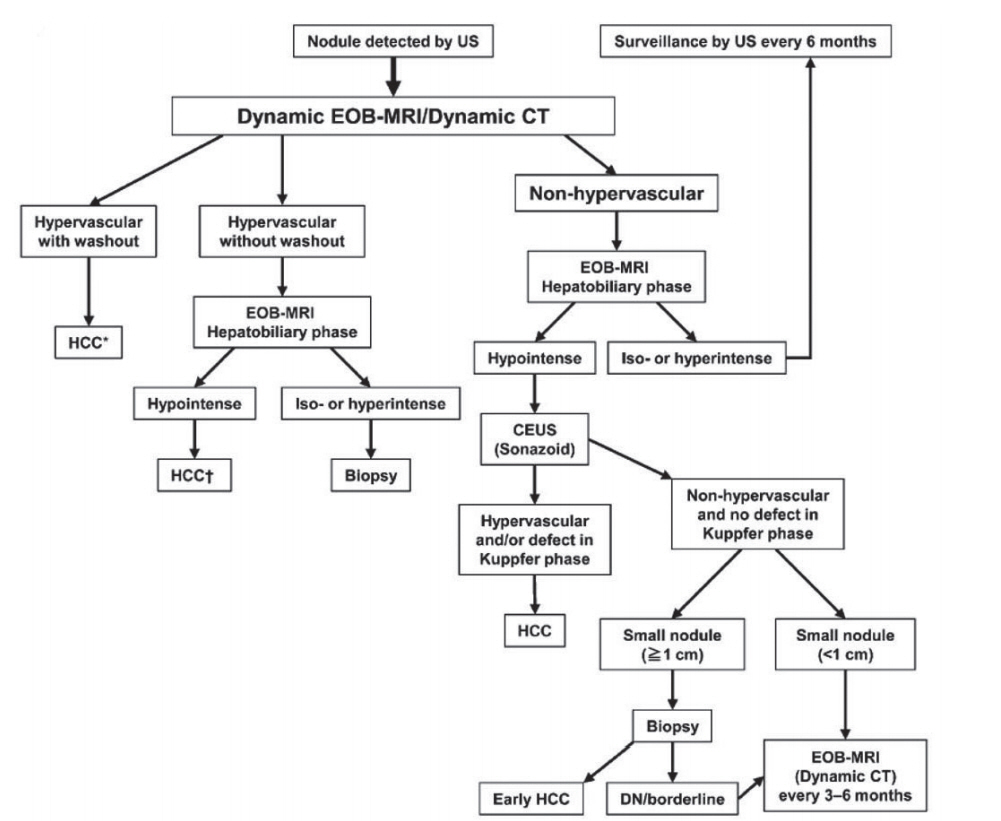



Comparison Of International Guidelines For Noninvasive Diagnosis Of Hepatocellular Carcinoma 18 Update
In 12, the previous guidelines for the management of hepatocellular carcinoma (HCC) were published as a result of a joint effort by the European Association for the Study of the Liver (EASL) and the European Organisation for Research and Treatment of Cancer (EORTC)1 Since then several clinical and scientific advances have been achievedStrength of Recommendation Strong)67 358–380 40 Llovet JM, Bruix J Systematic review of randomized trials for unresectable hepatocellular carcinoma chemoembolization improves survival Hepatology 03;




Easl Eortc Clinical Practice Guidelines Management Of Hepatocellular Carcinoma Journal Of Hepatology
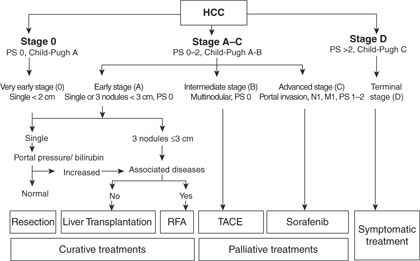



Hepatocellular Carcinoma Oncohema Key
Speakers will present evidencebased knowledge on ALD's potential triggers, the role of alcohol dependence in management, various stages of disease, gender differences, and potential biomarkers for diagnosis, disease severity and prognosis The program will include practical guidance on ways to create effective multidisciplinary teams to manage ALDAssociation for the Study of the Liver (APASL) HCC Guidelines'' meeting held at the 25th annual conference of the APASL in Tokyo, the newest guidelines for the treatment of HCC published by the APASL has been discussed This latest guidelines recommend evidencebased management of HCC and are considered suitable for uniThe Study of Liver Diseases (AASLD) practice guidelines on the management of hepatocellular carcinoma (HCC) in 05, new information has emerged that requires that the guidelines be updated The full version of the new guidelines is available on the AASLD Web site at http//wwwaasldorg/practiceguidelines/




The Diagnostic Algorithm From The sld For Hcc In Patients Who Have Download Scientific Diagram




Plasma Msept9 A Novel Circulating Cell Free Dna Based Epigenetic Biomarker To Diagnose Hepatocellular Carcinoma Sciencedirect
Consensus guidelines for radiological diagnosis of hepatocellular carcinoma (HCC) have been drafted by several large international working groups This article reviews the similarities and differences between the most recent guidelines proposed by the American Association for Study of Liver Diseases and the Asian Pacific Association for the Study of the LiverAASLD Guidelines for the Treatment of Hepatocellular Carcinoma HEPATOLOGY, Vol 67, No 1, 18 Journal Club Speaker YuHan, Chang Tutor ChingChih, Chang Q1 Q1 Should adults with cirrhosis undergo surveillance for HCC, and if so, which surveillance test is best?This guideline will be limited to primary liver lesions and the management approach to FLLs especially hepatocellular carcinoma (HCC) and cholangiocarcinoma (CCA) Therefore, a thorough and systematic approach to the management of focal liver lesions (FLLs) is of utmost importance




The Diagnostic Algorithm From The sld For Hcc In Patients Who Have Download Scientific Diagram




Diagnostic Algorithm For Suspected Hepatocellular Carcinoma Hcc Of Download Scientific Diagram
The 18 ESMO Clinical Practice Guidelines on hepatocellular carcinoma (HCC) are conceived to provide the standard approach to diagnosis and local and systemic treatment of HCC New recommendations are provided regarding the locoregional management and the systemic treatment with lenvatinib, regorafenib, cabozantinib, ramucirumab and the antiPD1 antibodies Key recommendations The HCC guidelines published by the American Society for the Study of Liver Disease (AASLD) in 18 recommend Surveillance of adults with cirrhosis because it improves overall survival (Quality/Certainty of Evidence Moderate;New AASLD HCC Guidelines are in process of being written Proposal We are the world Need to look at HCC as a global disease and recognized the diversity of disease and resources throughout the world 4 5 HBV carriers (Cost effective if risk >02%/y) Asian M≥40y, F≥50y
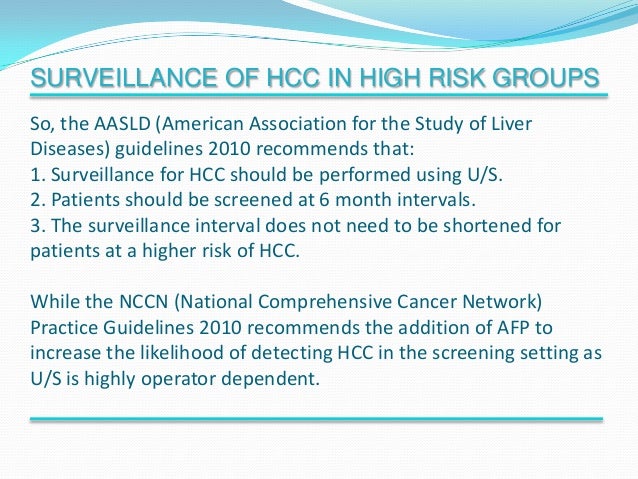



Management Of Hcc An Update




Practice Guidelines sld
Recommendations are as follows From North America The American Association for the Study of Liver Diseases (AASLD17) routine screening is recommended for HCC in adults with cirrhosis1 To see the most recent recommendations pertaining to surveillance for hepatocellular carcinoma, open the document AASLD Guidelines for the Treatment of Hepatocellular Carcinoma 2 Review pages , including the recommendations at11 ) *This APASL Guideline can



New Jersey Liver Pancreas Surgery




A Practical Guideline For Hepatocellular Carcinoma Screening In Patients At Risk Mayo Clinic Proceedings Innovations Quality Outcomes
AASLD continues to recommend HCC surveillance of adults with cirrhosis every six months New for 18 is a recommendation for ultrasound or ultrasound plus AFP (alphafetoprotein level) The current recommendation for diagnosis is either CT or MRI American Association for the Study of Liver Diseases Founded in 1950, the American Association for the Study of Liver Diseases (AASLD) provides datasupported recommendations for surveillance, diagnosis, staging, and treatment of HCC 5, 7, 9The current AASLD guidelines are as follows Routine screening is recommended for HCC in patients at high risk, such as thoseHCC based on the current AASLD guidelines is shown in Figure 1 The diagnosis of HCC can be made solely with the imaging findings, without the need for pathologic confirmation, provided the lesion exhibits characteristic arterial phase hyperenhancement with venous or delayed phase washout (Fig 2) For treatment planning, the AASLD




Understanding And Implementing The sld S Hbv Practice Guidelines Ppt Download




Diagnostic Algorithm For Surveillance And Diagnosis Of Hepatocellular Download Scientific Diagram
This concise MedicalMinute presentation reviews the AASLD guidelines on monitoring and treatment for patients with HBV infection, including a brief discussion of HCC risk in various patient populations Mindie H Nguyen, MD, MAS, AGAF, FAASLD Heimbach JK, Kulik LM, Finn RS, et al AASLD guidelines for the treatment of hepatocellular carcinoma Hepatology 18;APASL Guidelines for HCV (Hepatol Int 16 –726) APASL Guidelines for HCC "Asia–Pacific clinical practice guidelines on the management of hepatocellular carcinoma a 17 update" (Hepatol Int 17;




Easl Clinical Practice Guidelines Management Of Hepatocellular Carcinoma Sciencedirect




Practice Guidelines sld
Treatment of hepatocellular carcinoma (HCC) occurring in the setting of adults with cirrhosis Unlike previous AASLD practice guidelines, the current guideline was developed in compliance with the Institute of Medicine standards for trustworthy practice guidelines and uses the Grading of Recommendation Assessment, Development and Evaluation (GRADE) AASLD's new guideline on the treatment of hepatocellular carcinoma (HCC) has been approved and is scheduled to be published in HEPATOLOGY in January 18 It is currently available online "Therapies for Patients with Hepatocellular Carcinoma Awaiting for Liver Transplantation a Systematic Review and Metaanalysis" is an update of the previous guideline Dr David Johnson provides clinicians with an overview of the new guidelines from the American Association for the Study of Liver Diseases (AASLD) on hepatocellular carcinoma




Changes Of Guidelines Diagnosing Hepatocellular Carcinoma During The Last Ten Year Period Abstract Europe Pmc




Clin Mol Hepatol Clin Mol Hepatol Cmh Clinical And Molecular Hepatology 2287 2728 2287 285x The Korean Association For The Study Of The Liver 10 3350 Cmh 12 18 3 258 Review Changes Of Guidelines Diagnosing Hepatocellular Carcinoma During The
Over the years, the AASLD has made several updates to its HCC guidelines, with the most recent occurring in 12 This current update was needed to reflect changes and advances since the 12 guidelines HCC is a very important clinical problem for the medical professionals who take care of patients with liver diseaseMethods Table 1 Summary of the Process and Methods for the Guidance Development Table 2 Rating System Used to Rate Level of Evidence and Strength of Recommendation Table 3 Commonly Used Abbreviations and Their Expansions References Testing, Evaluation, and Monitoring of Hepatitis C Browse TopicsAASLD guidelines for the treatment of hepatocellular carcinoma Hepatology 18 Jan;67(1)3580 doi /hep Authors Julie




New Frontiers In Liver Resection For Hepatocellular Carcinoma Jhep Reports




Surveillance For Hepatocellular Carcinoma Pdf Free Download
All three guidelines recommend surveillance for patients with cirrhosis because of their high risk of developing HCC The APASL and EASL guidelines extend surveillance to certain noncirrhotic highrisk groups, while the AASLD guidelines do not address the issue of HCC in noncirrhotic liversA guidance document is developed by a panel of experts in the topic, and guidance statements, not recommendations, are put forward to help clinicians understand and implement the most recent evidence This Practice Guidance was commissioned by the American Association for the Study of Liver Diseases (AASLD) and is an update to the Practice Guideline The updated AASLD recommendations for the diagnosis of HCC in patients at risk incorporated two major changes in the recall policy, ie, the drop of two contrast imaging techniques with concordant vascular patterns to evaluate 1–2 cm nodules and the adoption of a single imaging technique between CT and MRI, however performed in a sequential study




sld Guidelines
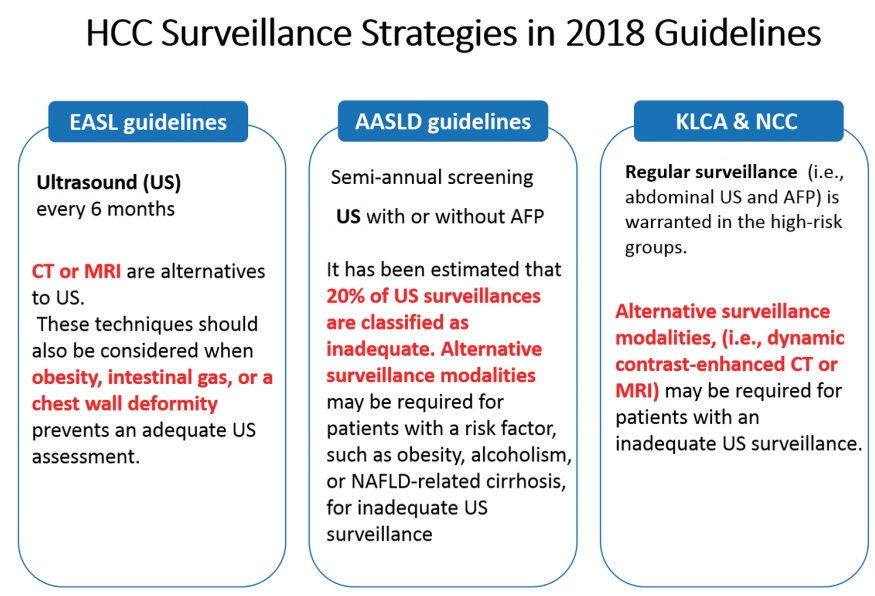



Liver Magnetic Resonance Imaging For Hepatocellular Carcinoma Surveillance
AASLD practice guidelines are developed by a panel of experts AASLD develops evidencebased practice guidelines and practice guidances which are updated regularly by a committee of hepatology experts and include recommendations of preferred approaches to the diagnostic, therapeutic, and preventive aspects of careThese recommendations provide a datasupported approachtothediagnosis,stagingandtreatmentofpatients diagnosed with hepatocellular carcinoma (HCC) They arebasedonthefollowing(a)formalreviewandanalysis of the recentlypublished world literature on the topic (Medline search through early 05); This concise MedicalMinute presentation reviews the AASLD guidelines on monitoring and treatment for patients with HBV infection, including a brief discussion of HCC risk in various patient populations Mindie H Nguyen, MD, MAS, AGAF, FAASLD Physicians maximum of 025 AMA PRA Category 1 Credits ™ Registered Nurses 025 Nursing contact




sld Guidelines
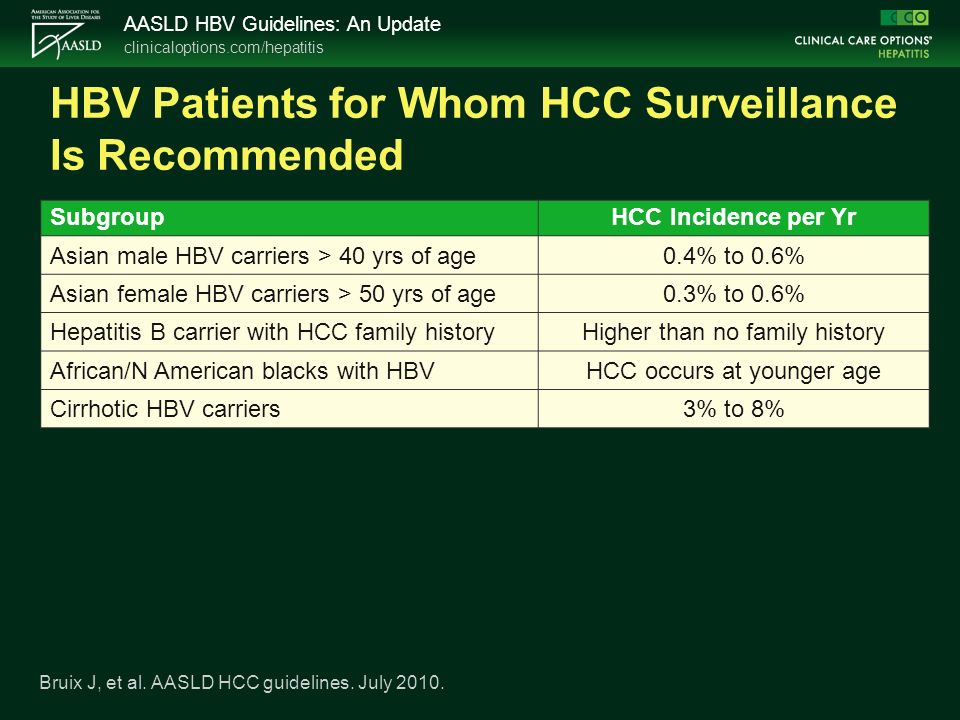



Understanding And Implementing The sld S Hbv Practice Guidelines Ppt Download
Results Eightyfour (70%) nodules were HCC the radiological diagnosis was done in 38 (%) of those 12cm and in 38 (95%) for those >2cm HCCs according to 10 AASLD criteria CT or MRI detected 13 HCC nodules that were missed by unenhanced US Despite an absolute specificity, CEUS failed to identify any HCC uncharacterized by CT or MRI Hepatitis C Guidance 19 Update American Association for the Study of Liver Diseases–Infectious Diseases Society of America Recommendations for Testing, Managing, and Treating Hepatitis C Virus Infection Marc G Ghany, Timothy R Morgan, AASLDIDSA Hepatitis C Guidance Panel , HepatologyAbstract Recognizing the importance of timely guidance regarding the rapidly evolving field of hepatitis C management, the American Association for the Study of Liver Diseases (AASLD) and the Infectious Diseases Society of America (IDSA) developed a webbased process for the expeditious formulation and dissemination of evidencebased recommendations



Www sld Org Sites Default Files 19 06 sld 18 Hcc Guidance On Diagnosis 2c Staging And Management Hep 281 29 Pdf



Www Ajronline Org Doi Pdf 10 2214 Ajr 15




19 Chinese Clinical Guidelines For The Management Of Hepatocellular Carcinoma Updates And Insights Xie Hepatobiliary Surgery And Nutrition




Surveillance For Hepatocellular Carcinoma Pdf Free Download
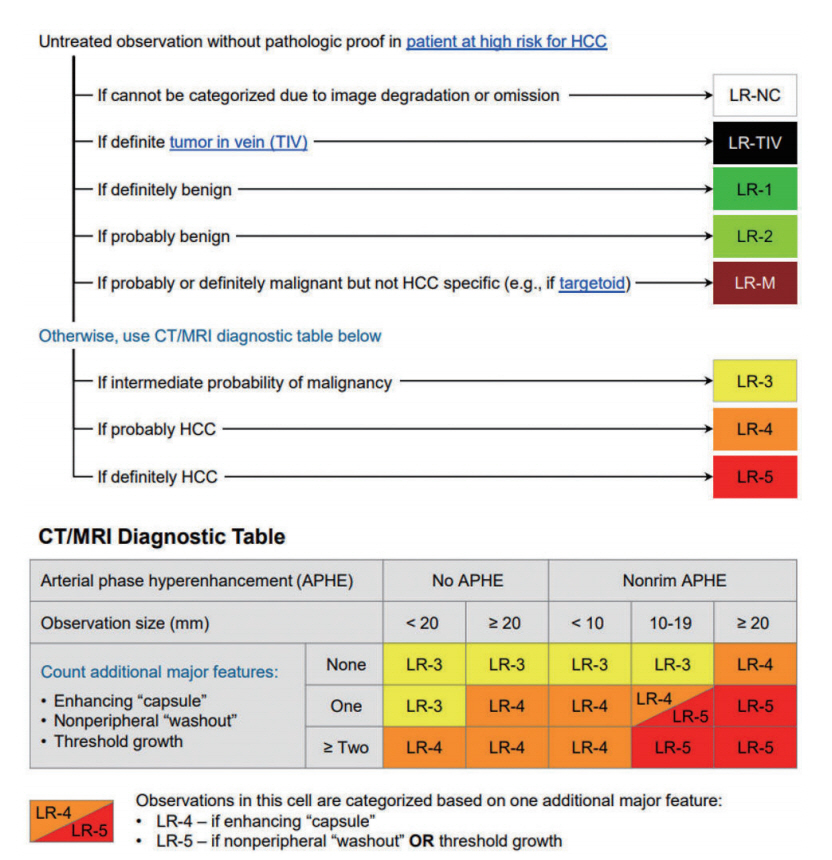



Comparison Of International Guidelines For Noninvasive Diagnosis Of Hepatocellular Carcinoma 18 Update




Practice Guidelines sld




Diagnosis Staging And Management Of Hepatocellular Carcinoma 18 Practice Guidance By The American Association For The Study Of Liver Diseases Marrero 18 Hepatology Wiley Online Library




Comparison Of Recall Policy Between The American Association For The Download Scientific Diagram




sld Guidelines




Primary Liver Cancer Hepatocellular Carcinoma And Cholangiocarinoma Patrick




sld Guidelines For The Treatment Of Hepatocellular Carcinoma Heimbach 18 Hepatology Wiley Online Library




Adherence To sld Guidelines For The Treatment Of Hepatocellular Carcinoma In Clinical Practice Experience Of The Bologna Liver Oncology Group Digestive And Liver Disease




sld Guidelines
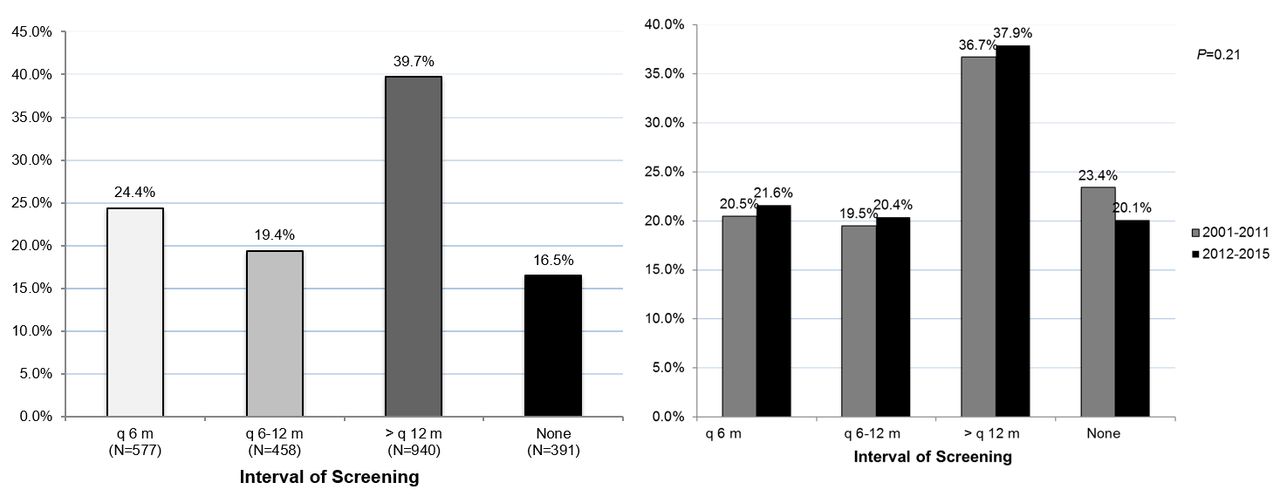



Rate Of Hepatocellular Carcinoma Surveillance Remains Low For A Large Real Life Cohort Of Patients With Hepatitis C Cirrhosis Bmj Open Gastroenterology




Xmlinkhub




Apasl And sld Consensus Guidelines On Imaging Diagnosis Of Hepatocellular Carcinoma A Review Topic Of Research Paper In Clinical Medicine Download Scholarly Article Pdf And Read For Free On Cyberleninka Open




Liverlearning sld Practice Guidelines And Guidances




Management Of Hepatocellular Carcinoma Hcc In A Patient With Download Scientific Diagram



Www Idsociety Org Globalassets Idsa Topics Of Interest Emerging Clinical Issues sldguidelinehccupdate10 1 Pdf




Practice Guidelines sld
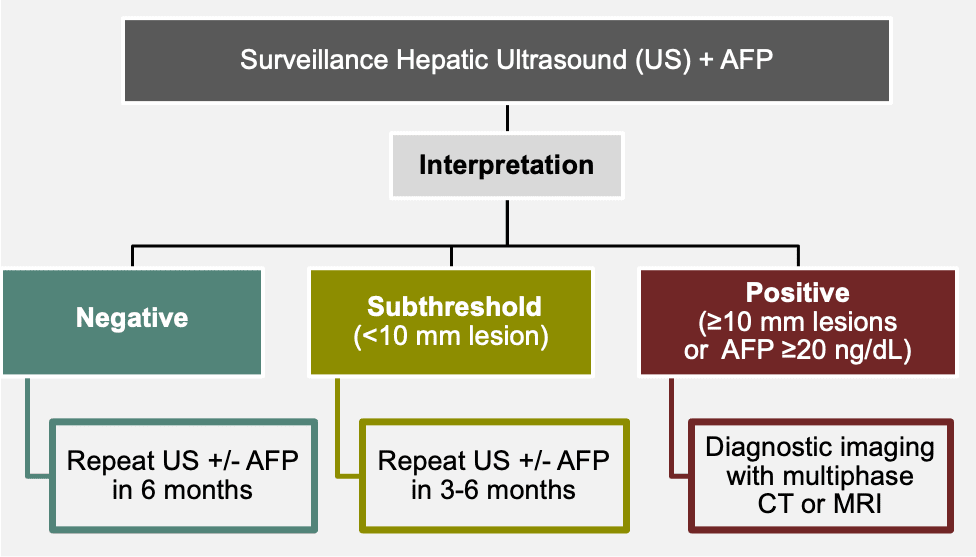



Core Concepts Screening For Hepatocellular Carcinoma Other Topics Hepatitis B Online




Figure 3 From Imaging Approach To Hepatocellular Carcinoma Cholangiocarcinoma And Metastatic Colorectal Cancer Semantic Scholar




Diagnostic Algorithm For Hepatocellular Carcinoma Of American Download Scientific Diagram




19 Chinese Clinical Guidelines For The Management Of Hepatocellular Carcinoma Updates And Insights Xie Hepatobiliary Surgery And Nutrition




Diagnostic Algorithm Of sld Guideline For Nodule By Detected Us In Download Scientific Diagram




Weighing The Benefits Of Hepatocellular Carcinoma Surveillance Against Jhc




Diagnosis Multifactorial Pathogenesis Of Hcc Normal Liver Hepatitiscirrhosishcc Cell Death Regeneration Persistent Chronic Hepatitis Fibrosis Hbv Hcv Ppt Download
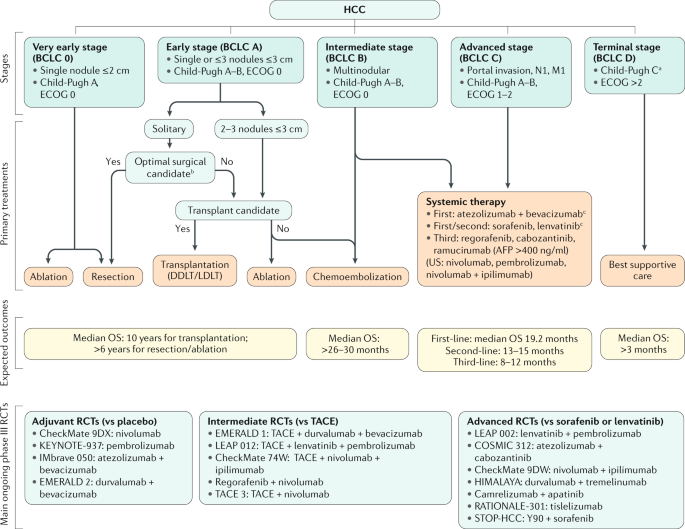



Hepatocellular Carcinoma Nature Reviews Disease Primers




Management Consensus Guideline For Hepatocellular Carcinoma 16 Updated By The Taiwan Liver Cancer Association And The Gastroenterological Society Of Taiwan Sciencedirect




Practice Guidelines sld




sld Guidelines




Current Indications For Liver Surgery According To Easl sld And Download Scientific Diagram




Comparison Of The Current International Guidelines On The Management Of Hcc Jhep Reports




The lc Staging System For Hcc From sld Practice Guideline In 05 1 Download Scientific Diagram




sld Algorithm For Diagnosis Of Hcc Download Scientific Diagram




Comparison Of The Current International Guidelines On The Management Of Hcc Semantic Scholar




Treatment Algorithm For Patients With Hepatocellular Carcinoma Hcc Download Scientific Diagram




Trial Design And Endpoints In Hepatocellular Carcinoma sld Consensus Conference Llovet 21 Hepatology Wiley Online Library




Diagnosis Multifactorial Pathogenesis Of Hcc Normal Liver Hepatitiscirrhosishcc Cell Death Regeneration Persistent Chronic Hepatitis Fibrosis Hbv Hcv Ppt Download




Practice Guidelines sld



1




Liver Imaging Reporting And Data System Li Rads Version 18 Imaging Of Hepatocellular Carcinoma In At Risk Patients Abstract Europe Pmc
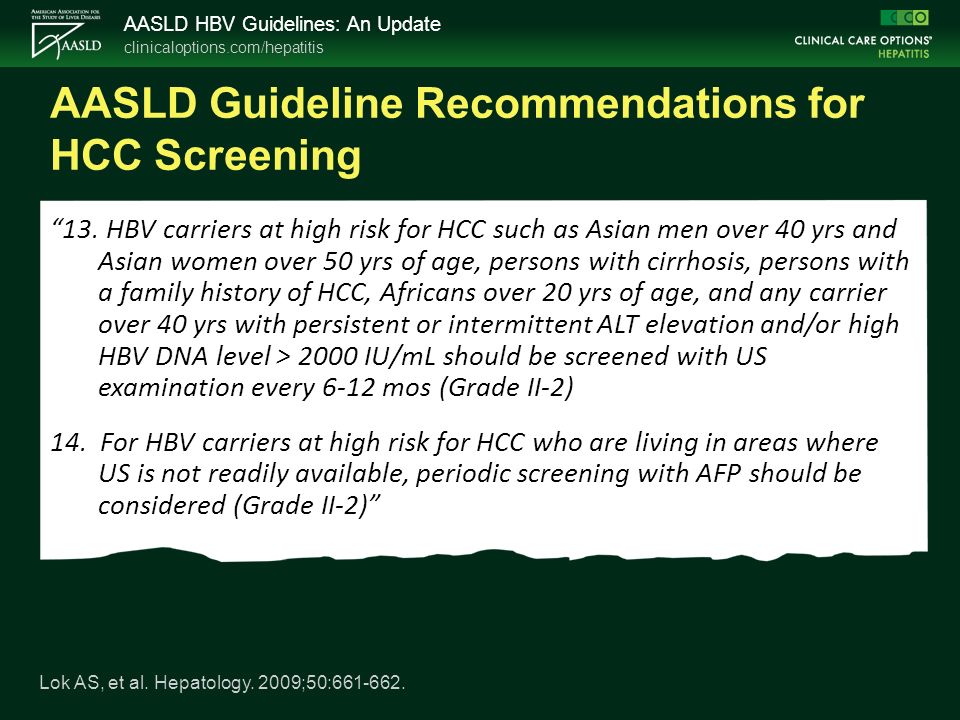



Understanding And Implementing The sld S Hbv Practice Guidelines Ppt Download




Primary Liver Cancer Hepatocellular Carcinoma And Cholangiocarinoma Patrick




Management Of Hepatocellular Carcinoma An Update Bruix 11 Hepatology Wiley Online Library




Primary Liver Cancer Hepatocellular Carcinoma And Cholangiocarinoma Patrick
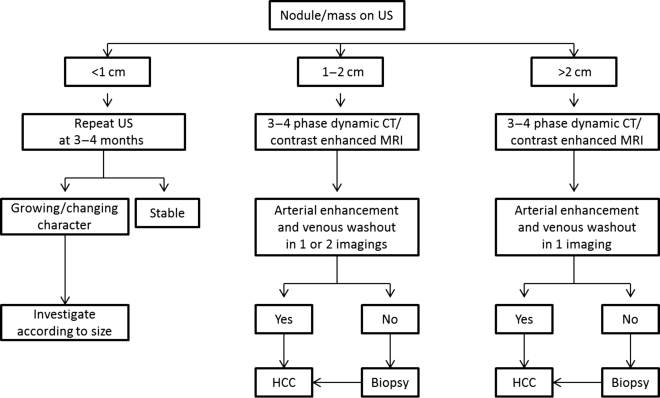



Hepatocellular Carcinoma Abdominal Key
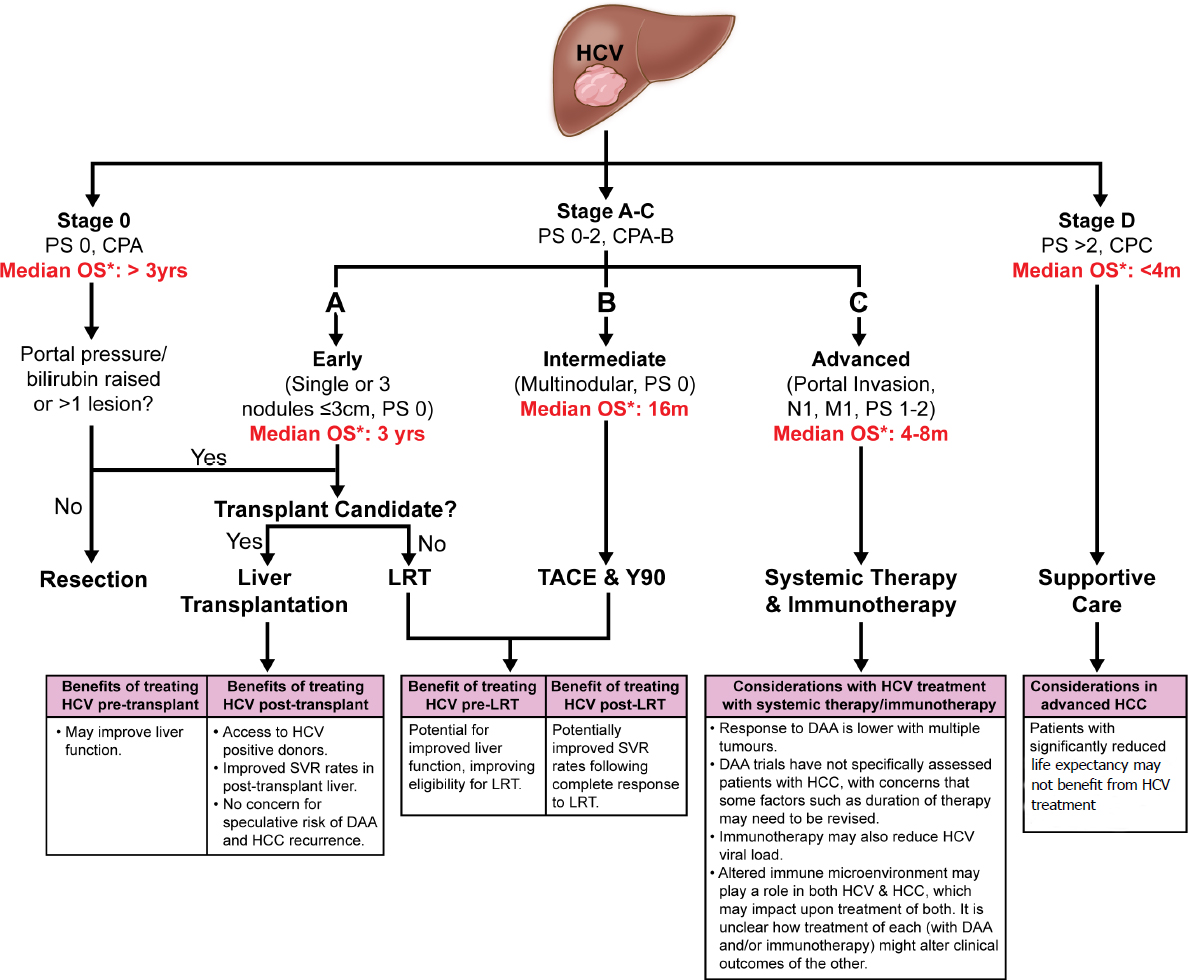



Management Of Concomitant Hepatocellular Carcinoma And Chronic Hepatitis C A Review
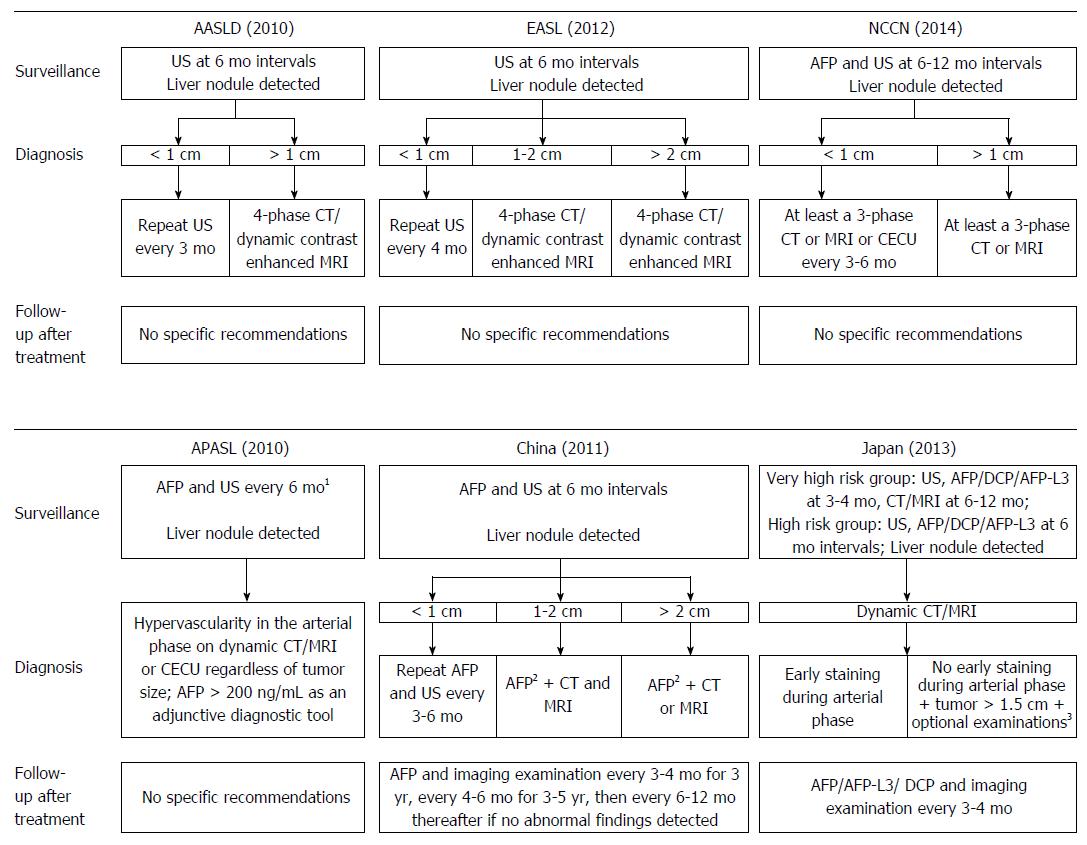



Controversies Regarding And Perspectives On Clinical Utility Of Biomarkers In Hepatocellular Carcinoma




Pdf sld Practice Guideline Management Of Hepatocellular Carcinoma An Update



1




Primary Liver Cancer Hepatocellular Carcinoma And Cholangiocarinoma Patrick
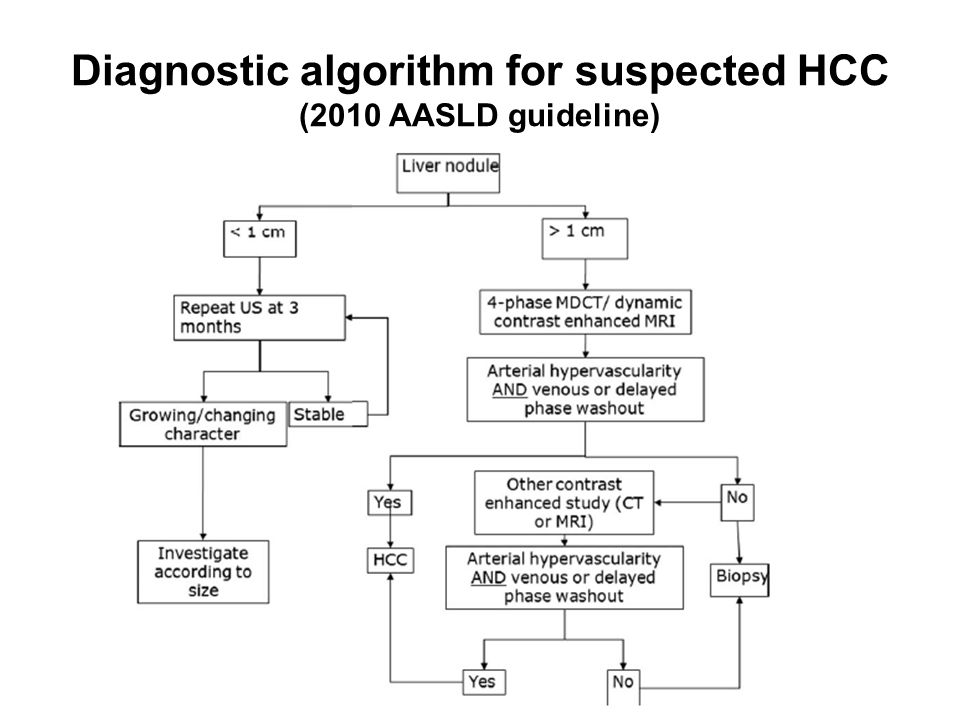



Management Of Hepatocellular Carcinoma Ppt Download




Primary Liver Cancer Hepatocellular Carcinoma And Cholangiocarinoma Patrick




One World One Pandemic Many Guidelines Management Of Liver Diseases During Covid 19 Gut




Easl Eortc Clinical Practice Guidelines Management Of Hepatocellular Carcinoma Journal Of Hepatology




Hepatocellular Carcinoma Algorithms Of Diagnosis And Options Of Therapy Pdf Free Download




Xmlinkhub



Www sld Org Sites Default Files 19 06 sld 18 Hcc Guidance On Diagnosis 2c Staging And Management Hep 281 29 Pdf



1




Hcc Guidelines Ppt Video Online Download




Hepatocellular Carcinoma In Veterans Multidisciplinary Approaches To A Growing Clinical Challenge This Program Is Supported By Educational Grants From Ppt Download



1
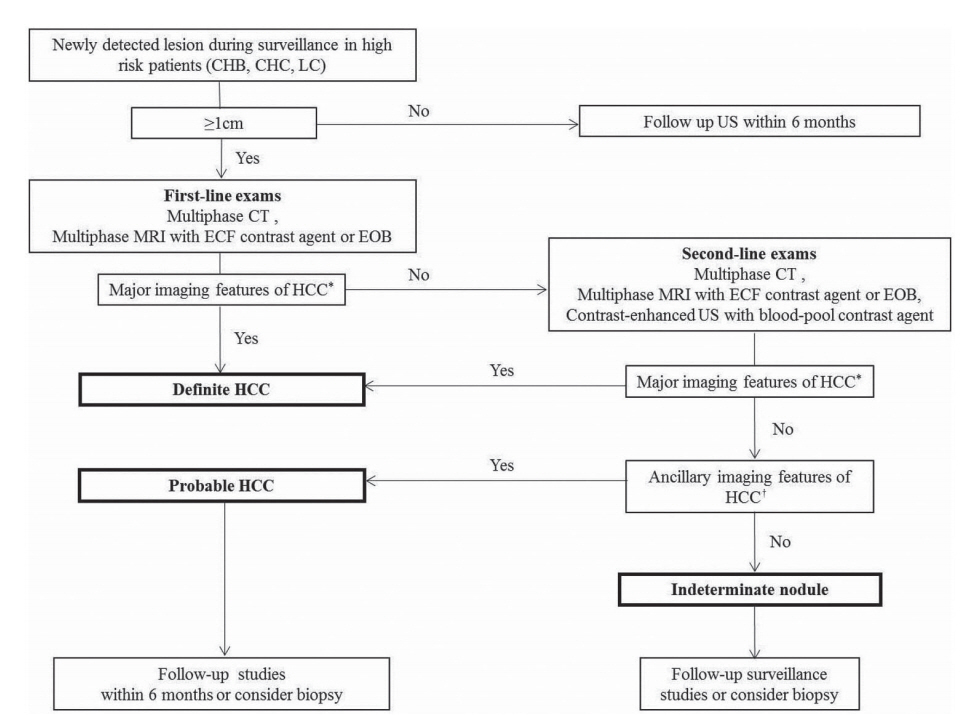



Comparison Of International Guidelines For Noninvasive Diagnosis Of Hepatocellular Carcinoma 18 Update




Pdf sld Practice Guideline Management Of Hepatocellular Carcinoma An Update
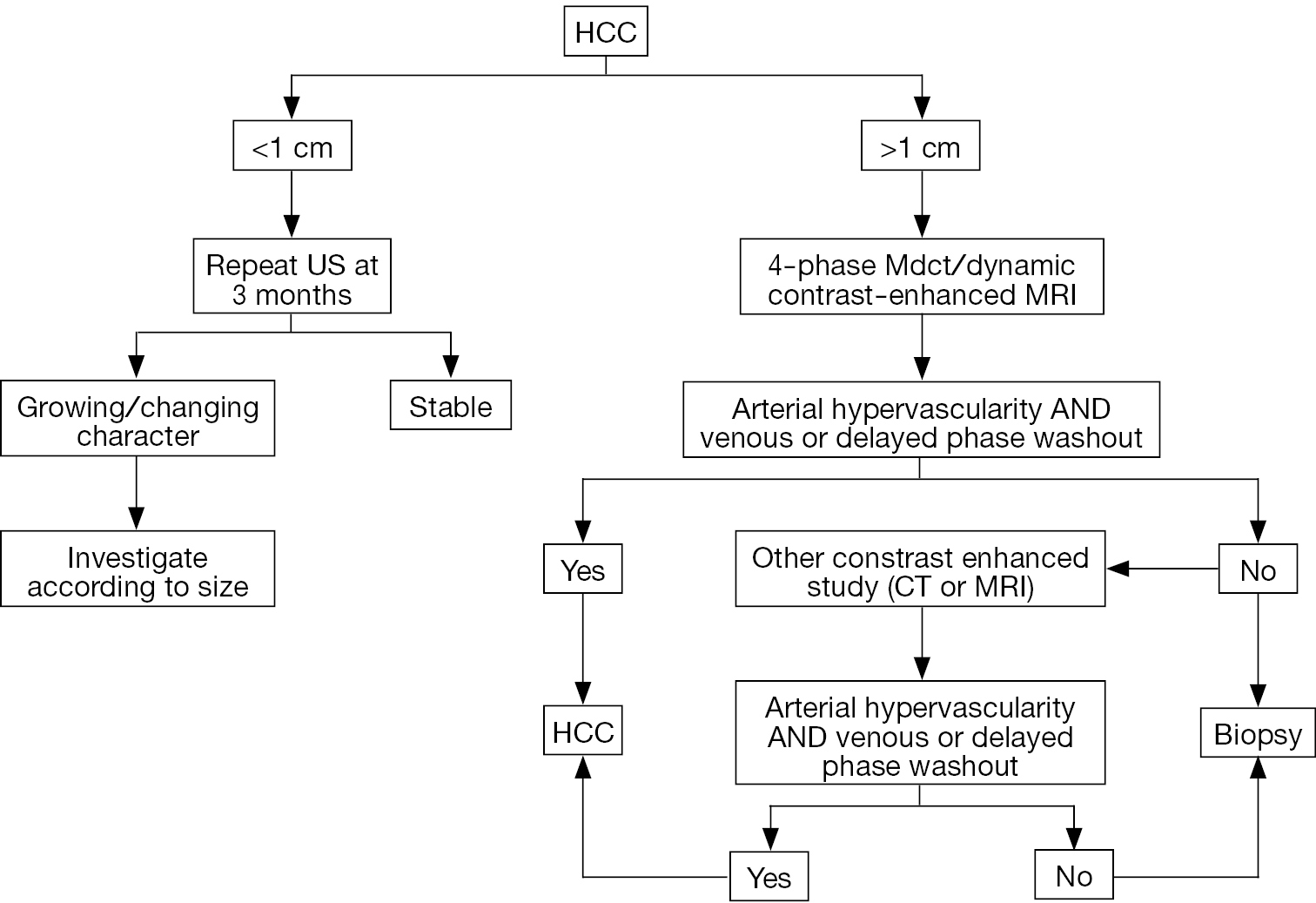



Review On Liver Transplant For Hepatocellular Carcinoma Chiao Translational Cancer Research
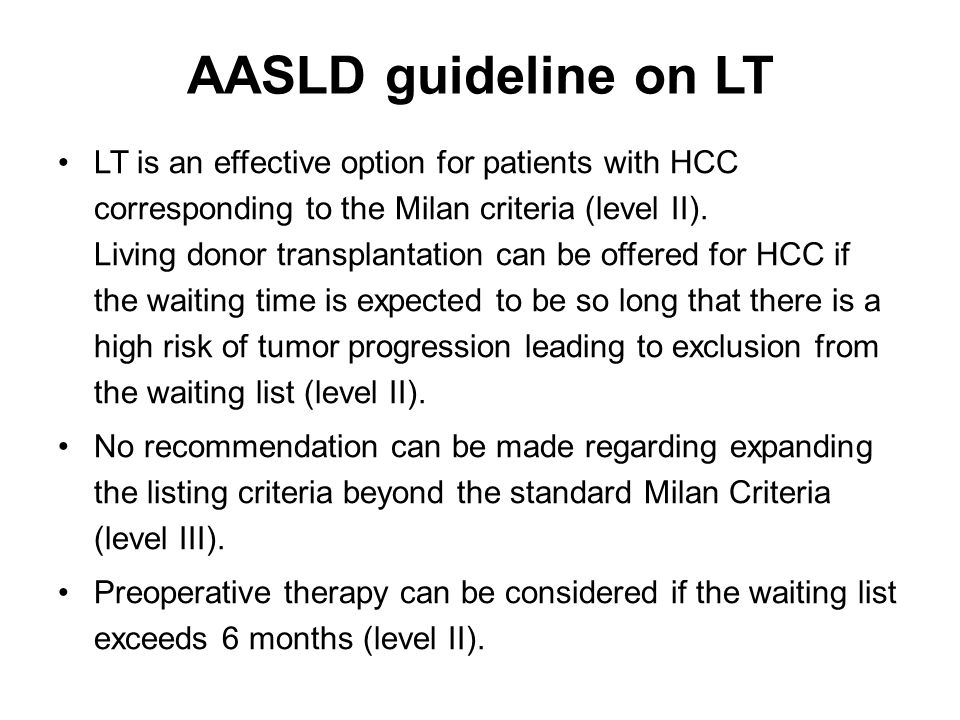



Management Of Hepatocellular Carcinoma Ppt Download



Management Of Hepatocellular Carcinoma Hcc




Practice Guidelines sld




Figure 1 From Hepatocellular Carcinoma Part 2 Clinical Presentation And Diagnosis Semantic Scholar




Primary Liver Cancer Hepatocellular Carcinoma And Cholangiocarinoma Patrick



sld Guidelines



Www sld Org Sites Default Files 19 06 sld 18 Hcc Guidance On Diagnosis 2c Staging And Management Hep 281 29 Pdf




Surveillance For Hepatocellular Carcinoma Pdf Free Download




Changes Of Guidelines Diagnosing Hepatocellular Carcinoma During The Last Ten Year Period Abstract Europe Pmc




Primary Liver Cancer Hepatocellular Carcinoma And Cholangiocarinoma Patrick




The lc Staging System For Hcc From sld Practice Guideline In 05 1 Download Scientific Diagram




Diagnosis Of Hepatocellular Carcinoma An Update On International Guidelines Sciencedirect




Pdf sld Practice Guideline Management Of Hepatocellular Carcinoma An Update




Surveillance And Diagnosis Of Hepatocellular Carcinoma Lim 19 Clinical Liver Disease Wiley Online Library



0 件のコメント:
コメントを投稿